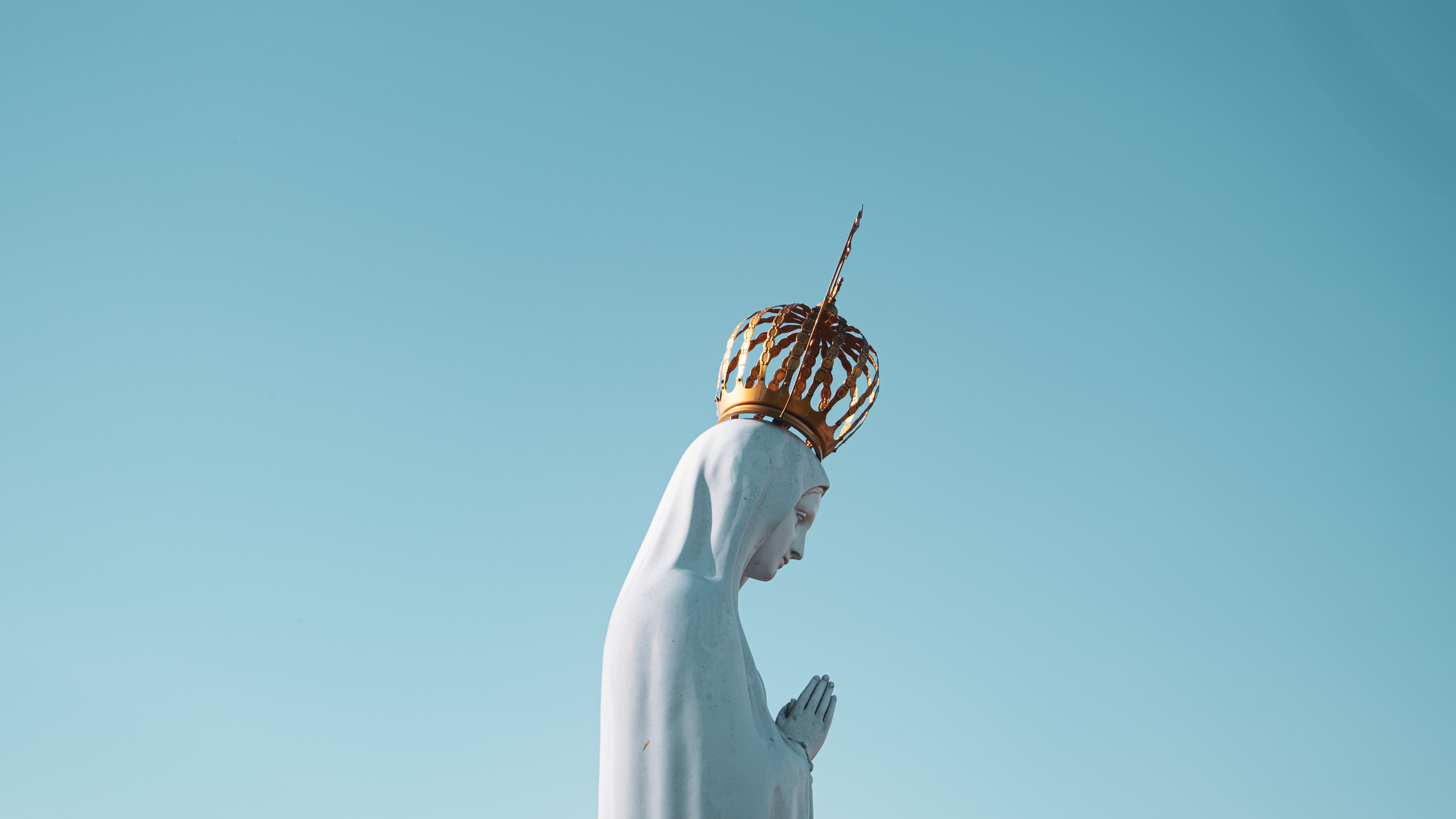Before my conversion from Protestantism, I thought Catholics made a lot of assumptions about Mary. After all, the Cambridge Dictionary defines the word “assumption” as “something that you accept as true without question or proof.”
For example, I observed how faithful Catholics simply assumed Mary was a virgin all her life. They assumed she was without sin since the very point of her own conception. They assumed that she was assumed (!) body and soul into heaven at the end of her life on earth.
Point blank. No questions asked.
As for proof, well, wasn’t the Bible the only source and evidence for what Christians should believe? Sola scriptura (or “Scripture alone”) was the rule or canon by which everything should be judged. I searched in vain for explicit references in the Bible to support the Marian dogmas.
This line of argument is familiar to many who have grown up Protestant. Writing from a Reformed Christian perspective, Dr. Michael Milton, in an article in Christianity Today, states, “Since Protestants rely upon the Bible as the only infallible witness to faith in life, and since there is no mention of the assumption of Mary into heaven in the Word of God, then, we understand that most Protestant believers would not accept the doctrine of the Assumption of Mary.”
For Catholics, the theological scaffolding includes not only Scripture but also Tradition and the magisterium, as the teaching authority of the Church. This “three-legged stool” provides the solid foundation for the content and interpretation of revelation. As the Catechism of the Catholic Church states, we read Scripture through “the living Tradition of the whole Church” as the “living memorial of God’s Word” (CCC, 113). Rather than Scripture being its own interpreter, Catholics are attentive to the analogy of faith or how all the truths of the faith cohere and do not contradict each other (CCC, 114).
St. John Henry Newman, a convert from Anglicanism to Catholicism, declared that “To be steeped in history is to cease being Protestant.” For many Protestants, simply growing in an understanding of the history of the Church prior to the Reformation (including how the books of the Bible were discerned and compiled) can be the watershed moment that begins the turn of mind and conversion of heart. For example, reading the writings of the early church fathers confirms many of the practices in the Church that are not explicitly recorded in Scripture.
My staunch resistance to the contribution of Sacred Tradition to the deposit of faith must have surely vexed the Dominican sister who took on the challenging role of being my sponsor in RCIA. But St. Newman also speaks of the illative sense, as the ability the draw conclusions from a growing body of experiences and information that leads the individual to decide without definitive proof.
When I approached the priest for my own confirmation into the Catholic Church at the Easter Vigil, I had a sudden thought. I still had not yet completely understood or agreed with the Immaculate Conception or the Assumption, but I told God that I trusted that the truth would be made clear.
Nearly 20 years after my conversion when I teach theology and Scripture, I have not forgotten from where I came. Making false assumptions can be the easy way out. But it is understandable when you have only one leg to stand on.
Tamra Hull Fromm, Ph.D., is director of discipleship and an instructor with the Catholic Biblical School of Michigan and has taught at Sacred Heart Major Seminary in Detroit.










